Maximize Your Harvest: The Essential Guide to Post-Harvest Preservation
In the world of agriculture, the journey of food doesn’t end at harvest. In fact, what happens after picking, digging, or gathering is just as critical. Post-harvest preservation encompasses all the practices and techniques used to maintain the quality, safety, and nutritional value of agricultural products from the moment they are harvested until they reach the consumer. Effective post-harvest preservation is not just about preventing spoilage; it’s about ensuring food security, boosting farmer incomes, and minimizing environmental impact.
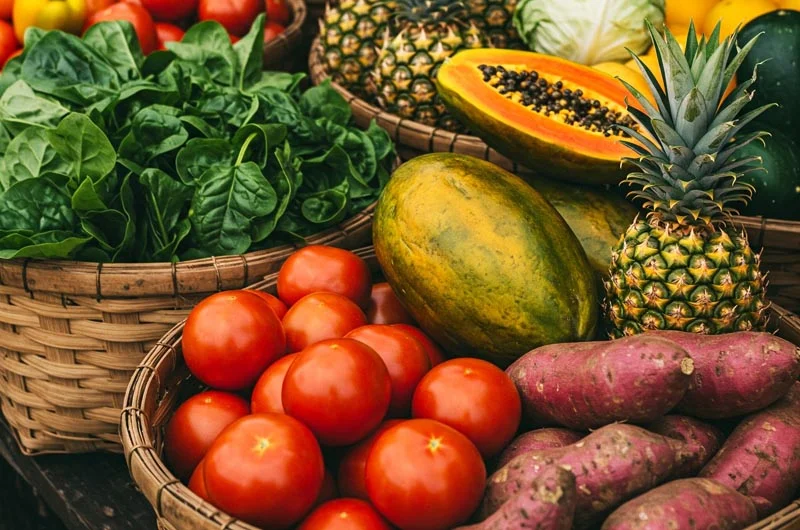
Why is Post-Harvest Preservation So Important?
Globally, a significant portion of harvested crops is lost due to inadequate post-harvest handling and storage. This loss translates to:
- Food Waste: Millions of tons of edible food are wasted, contributing to global hunger and resource depletion.
- Economic Losses: Farmers suffer financial setbacks when their hard-earned produce deteriorates before reaching the market.
- Nutritional Deficiencies: Spoilage reduces the availability of nutritious food, impacting public health.
- Environmental Impact: Wasted food contributes to greenhouse gas emissions in landfills.
Therefore, implementing effective post-harvest preservation methods is crucial for a sustainable and efficient agricultural system.
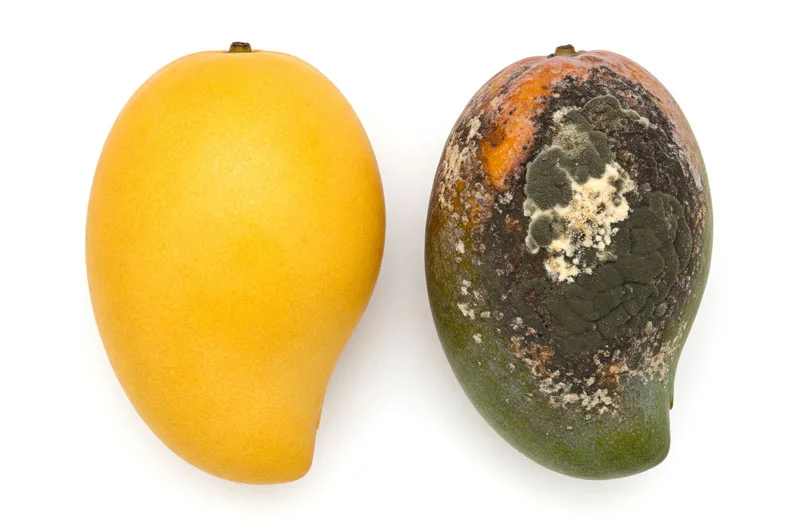
Key Methods of Post-Harvest Preservation:
The best preservation method depends on the type of crop, the intended storage duration, and the available resources. Here are some key techniques:
1. Physical Methods:
- Cooling: Reducing the temperature slows down metabolic processes, respiration, and the growth of microorganisms. This includes using cold storage facilities, refrigerated transport, and simple techniques like night cooling.
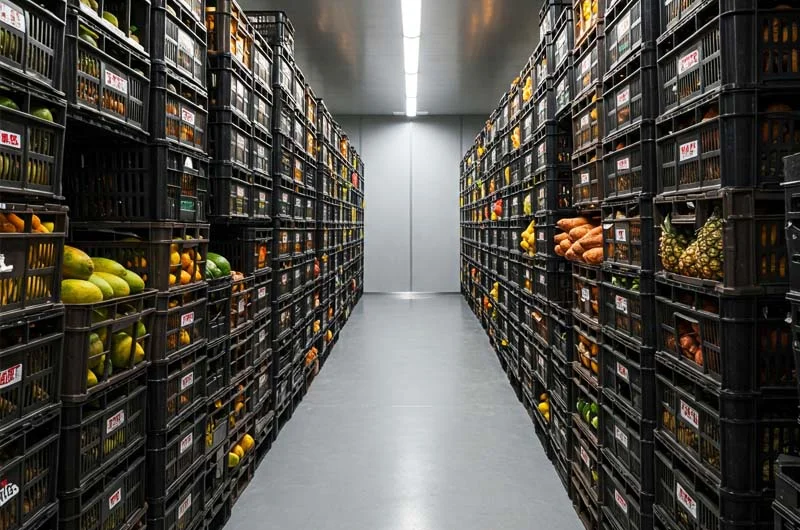
- Drying: Lowering the moisture content inhibits the growth of bacteria, yeasts, and molds. Methods include sun drying, air drying, and mechanical drying.
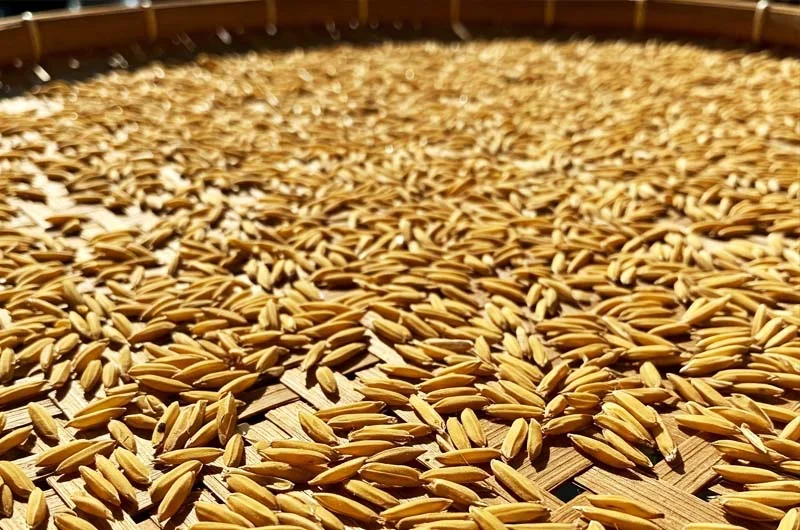
- Controlled Atmosphere (CA) and Modified Atmosphere Packaging (MAP): Altering the gas composition (oxygen, carbon dioxide, nitrogen) around the produce can extend shelf life by slowing down ripening and decay.
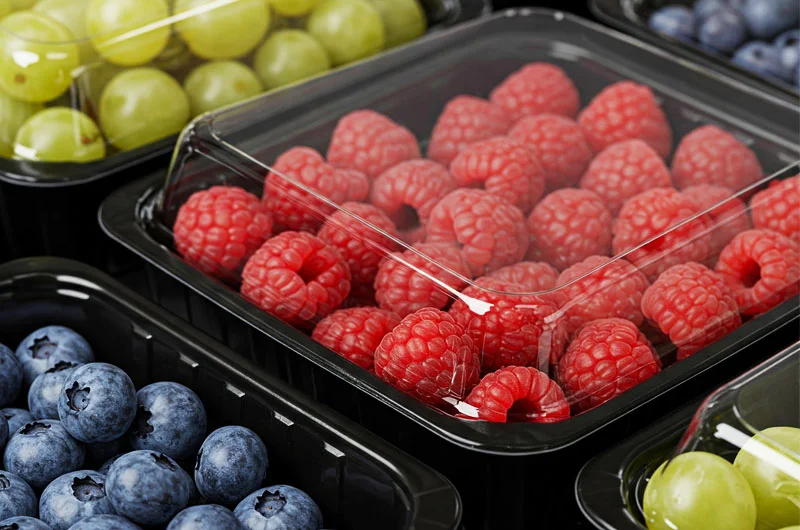
- Irradiation: Exposing food to ionizing radiation can kill insects, bacteria, and fungi, improving safety and extending shelf life.
- Sorting and Grading: Removing damaged or diseased produce prevents the spread of spoilage to healthy items.
2. Chemical Methods:
- Fumigation: Using gaseous pesticides to control insect infestations in stored grains and other commodities.
- Antimicrobial Treatments: Applying approved chemical preservatives to prevent microbial growth on fruits and vegetables.
- Waxing: Coating fruits and vegetables with edible wax can reduce moisture loss and protect against damage.
3. Biological Methods:
- Lactic Acid Fermentation: Used for preserving vegetables like cabbage (sauerkraut) and cucumbers (pickles), fermentation creates an acidic environment that inhibits spoilage organisms.
- Bio-control Agents: Utilizing beneficial microorganisms to suppress the growth of post-harvest pathogens.
4. Improved Handling and Packaging:
- Gentle Handling: Minimizing physical damage during harvesting, transportation, and storage reduces entry points for pathogens.
- Appropriate Packaging: Using suitable packaging materials protects produce from physical damage, moisture loss, and contamination. This includes crates, bags, and specialized packaging for specific commodities.
Benefits of Effective Post-Harvest Preservation:
Investing in and implementing proper post-harvest preservation techniques yields numerous benefits:
- Reduced Food Waste: Significantly minimizes the amount of food lost after harvest.
- Improved Crop Quality: Maintains the freshness, flavor, texture, and nutritional value of agricultural products.
- Extended Shelf Life: Allows for longer storage and wider distribution of produce.
- Increased Farmer Income: Reduces losses and enables farmers to sell their produce over a longer period, potentially at better prices.
- Enhanced Food Security: Ensures a more stable and reliable food supply for consumers.
- Access to Wider Markets: Enables farmers to reach distant markets, both domestically and internationally.
Challenges and Future Trends:
Despite the advancements in post-harvest preservation, challenges remain, particularly for smallholder farmers in developing countries. These include limited access to infrastructure, technology, and knowledge.
Future trends in post-harvest preservation include:
- Sustainable and Eco-Friendly Methods: Focus on reducing the environmental impact of preservation techniques.
- Smart Technologies: Utilizing sensors, data analytics, and automation to optimize storage conditions and monitor produce quality.
- Development of Novel Packaging Materials: Creating packaging that is biodegradable, has antimicrobial properties, and extends shelf life.
- Improved Training and Extension Services: Empowering farmers with the knowledge and skills to implement effective post-harvest practices.
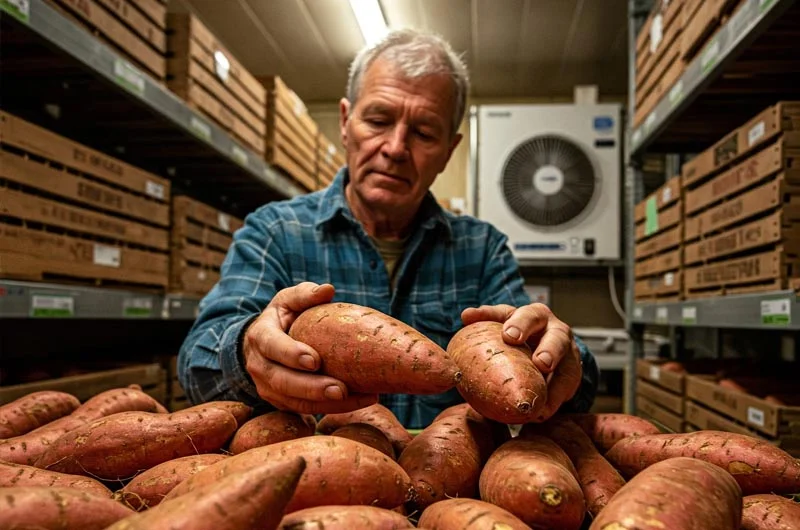
Post-harvest preservation is an indispensable aspect of agriculture. By adopting appropriate techniques, we can significantly reduce food waste, improve the quality and availability of nutritious food, and contribute to a more sustainable and resilient food system. Whether you are a farmer, a food processor, or simply interested in reducing food waste, understanding and implementing effective post-harvest preservation practices is essential for maximizing the value of our harvests.

